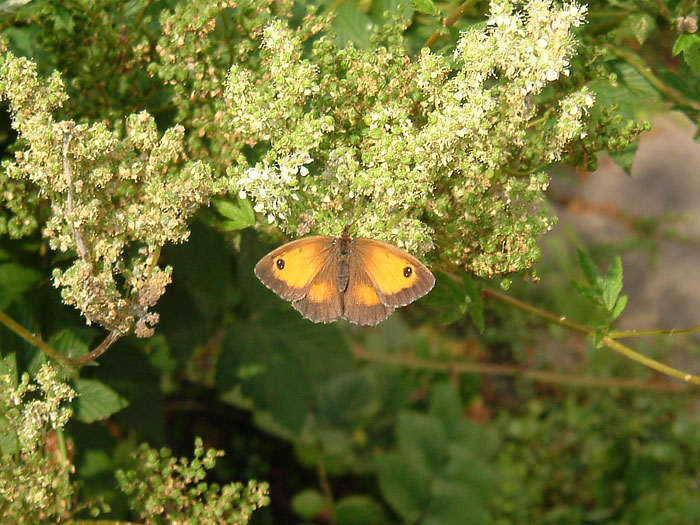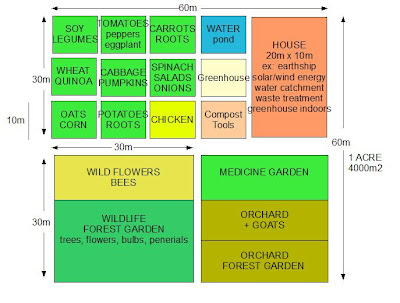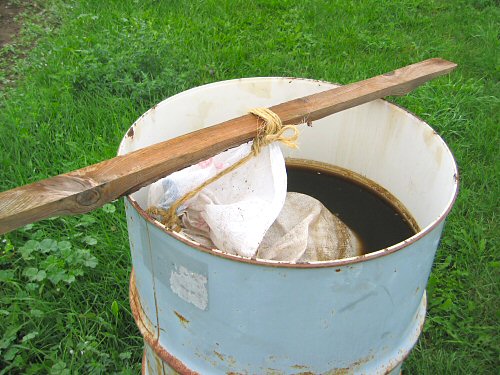In Permaculture, windbreaks help shelter plants from the elements. These can be walls, or made from shrubs or trees.
Windbreaks increase water, protect against soil erosion, provide leaf fall and a microclimate by increasing humidity, shadow and protecting against damaging winds (and drying winds) and even deflecting frost, protect against animals or other humans, increase biodiversity (by for example providing an edge habitat for birds) and might offer produce in form of food, wood or fodder.
Disadvantages of using windbreaks include increasing pests and diseases (by increasing humidity), can also form a frost pocket, undesirable shadow, and root competition (roots of trees usually extend at least twice the length of their branches). Root competition can occur with eucalyptus, poplars and willows and be a problem only your garden space is small.
Windbreaks should have the right angle against wind, and not be full impermeable to wind (as this causes stronger winds a few meters away). But it should not let the full wind pass through either. This can happen if you have only trunks to shelter the wind. In that case, shrubs should be planted mixed with the trees. The ideal is to cover 50-80% of the view. This will reduce winds by about half, within a distance of ten times the height of the windbreak. In this sheltered area, the temperature can rise up to 2ºC more. In terms of length, the windbreak should be at least ten to twenty times more than its height.
Now, I will tell which trees species to choose for a specific height
30m or more: beech, poplars, sycamore, conifers, oaks, chestnuts
25-30m: ash, wild cherry, white willow, black locust
15-25m: alders, aspen, birches, yew
up to 15m: hawthorn, holly, maple, rown
up to 10m: apples, cherry, hazel, elders, grey willows
up to 5m: blackthorn, buckthorns, eleagnus, siberian pea
up to 3m: sea buckthorn, wild roses
In terms of growth, poplars and willows will grow up to 2m per year; alders, ash, birches, sticka spruces and larch will grow up to 1m per year; maple, sucamore, cherry and cedar will grow about 50cm, and oaks, beech, limes, pines and holly will grow less.
Good windbreaks for coastal areas include sycamore (drought tolerant), ash, holm oak, lodgepole pine (tolerates cold), sitka pine, cupressus macrocarpa (for warm climates). Shrubs include elagnus (edible berries, fix nitrogen), siberian pea (prefers cold, edible seeds), elder (easy to propagate, tough), ramanas rose (for severe winds, edible fruits), tamarisks, salt brush (warm areas, edible leaves), blackthorn and sea buckthorn (invasive species).
This was just the beginning of a long series of articles about Permaculture, because I am reading "The Earth Care Manual" by Patrick Whitefield.
Please look forward for my next posts!
Remember to
click here to be notified of future new articles at the Green Spot!




























